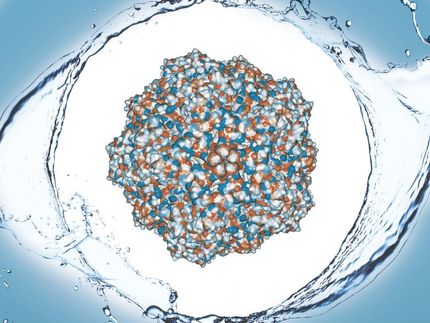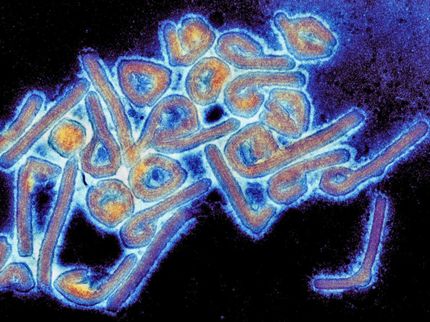Veterinary vaccines found to combine into new viruses, prompting regulatory response
Advertisement
Research from the University of Melbourne has shown that two different vaccine viruses - used simultaneously to control the same condition in chickens - have combined to produce new infectious viruses, prompting early response from Australia's veterinary medicines regulator.
The vaccines were used to control infectious laryngotracheitis (ILT), an acute respiratory disease occurring in chickens worldwide. ILT can have up to 20% mortality rate in some flocks and has a significant economic and welfare impact in the poultry industry.
The research found that when two different ILT vaccine strains were used in the same populations, they combined into two new strains (a process known as recombination), resulting in disease outbreaks. Neither the ILT virus or the new strains can be transmitted to humans or other animals, and do not pose a food safety risk.
The study was led by Dr Joanne Devlin, Professor Glenn Browning and Dr Sang-Won Lee and colleagues at the Asia-Pacific Centre for Animal Health at the University of Melbourne and NICTA's Victoria Research Laboratory and is published today [13 July, 2012] in the international journal Science.
Dr Devlin said the combining of live vaccine virus strains outside of the laboratory was previously thought to be highly unlikely, but this study shows that it is possible and has led to disease outbreaks in poultry flocks.
"We alerted the Australian Pesticide and Veterinary Medicines Authority (APVMA) to our findings and they are now working closely with our research team, vaccine registrants and the poultry industry to determine both short and long term regulatory actions," she said.
"Short-term measures include risk assessment of all live virus vaccines currently registered by the APVMA in regard to the risk of recombination and could include changes to product labels, which may result in restrictions on the use of two vaccines of different origins in the one animal population."
The ILT vaccines are 'live attenuated vaccines', which means that the virus has some disease-causing factors removed but the immune system still recognises the virus to defend against a real infection.
"Live vaccines are used throughout the world to control ILT in poultry. For over 40 years the vaccines used in Australia were derived from an Australian virus strain. But following a vaccine shortage another vaccine originating from Europe was registered in 2006 and rapidly became widely used," Dr Devlin said.
"Shortly after the introduction of the European strain of vaccine, two new strains of ILT virus were found to be responsible for most of the outbreaks of disease in New South Wales and Victoria. So we sought to examine the origin of these two new strains."
The team sequenced all of the genes (the genome) of the two vaccines used in Australia, and the two new outbreak strains of the virus. Following bioinformatic analysis on the resulting DNA sequence, in conjunction with Dr John Markham at NICTA's Victoria Research Laboratory, they found that the new disease-causing strains were combinations of the Australian and European origin vaccine strains.
"Comparisons of the vaccine strains and the new recombinant strains have shown that both the recombinant strains cause more severe disease, or replicate to a higher level than the parent vaccine strains that gave rise to them," Dr Lee said.
Professor Glenn Browning said recombination was a natural process that can occur when two viruses infect the same cell at the same time.

















































